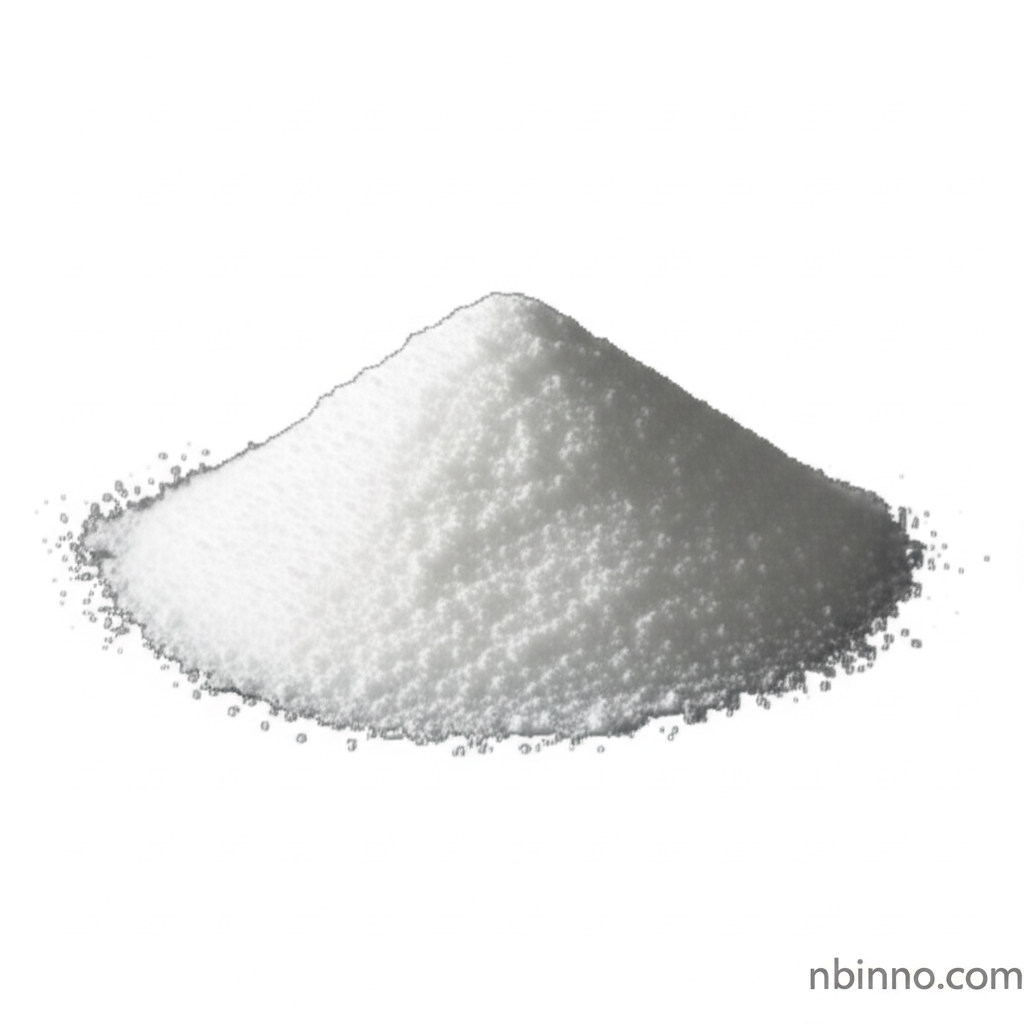Nalpha,Nepsilon-Di-Boc-L-lysine (CAS 2483-46-7): A Key Intermediate in Organic Synthesis and Pharmaceutical Development
Discover the essential role of Nalpha,Nepsilon-Di-Boc-L-lysine in advancing organic synthesis and pharmaceutical research.
Get a Quote & SampleProduct Core Value

Nalpha,Nepsilon-Di-Boc-L-lysine
Nalpha,Nepsilon-Di-Boc-L-lysine, identified by CAS number 2483-46-7, is a crucial fine chemical intermediate with broad applications in organic synthesis and pharmaceutical development. Its protected amino groups and carboxylic acid functionality make it an invaluable building block.
- Leveraging Nalpha,Nepsilon-Di-Boc-L-lysine synthesis techniques ensures a reliable supply of this key compound for complex chemical constructions.
- As a vital CAS 2483-46-7 intermediate, it serves as a foundation for creating novel molecules with potential therapeutic properties.
- The use of Boc-Lys(Boc)-OH organic synthesis strategies highlights its versatility in constructing sophisticated chemical architectures.
- This high-purity pharmaceutical intermediate Nalpha,Nepsilon-Di-Boc-L-lysine is indispensable for researchers and manufacturers aiming for superior product quality.
Advantages It Brings
Versatile Chemical Building Block
As a premium fine chemical intermediate CAS 2483-46-7, it offers excellent reactivity and specificity, enabling precise molecular modifications in various chemical processes.
Facilitates Complex Synthesis
The protected nature of its amino groups allows for controlled reactions, making Nalpha,Nepsilon-Di-Boc-L-lysine crucial for multi-step organic synthesis pathways.
High Purity and Reliability
With purity levels often exceeding 99.0% (HPLC), this intermediate ensures consistent and reliable results in demanding research and production environments.
Key Applications
Organic Synthesis
This compound is widely employed in laboratory research and development processes, as well as in chemical production, serving as a fundamental component in various synthetic routes.
Pharmaceutical Intermediates
It acts as a key precursor in the synthesis of active pharmaceutical ingredients (APIs) and complex drug molecules, playing a significant role in drug discovery and manufacturing.
Peptide Synthesis
The protected amino acid structure makes it ideal for solid-phase and solution-phase peptide synthesis, contributing to the creation of peptides for therapeutic and research applications.
Biochemical Research
Researchers utilize this versatile molecule in biochemical studies, exploring new pathways and functionalities in biological systems.
